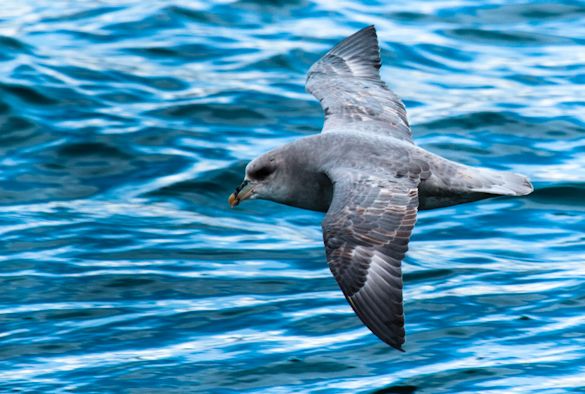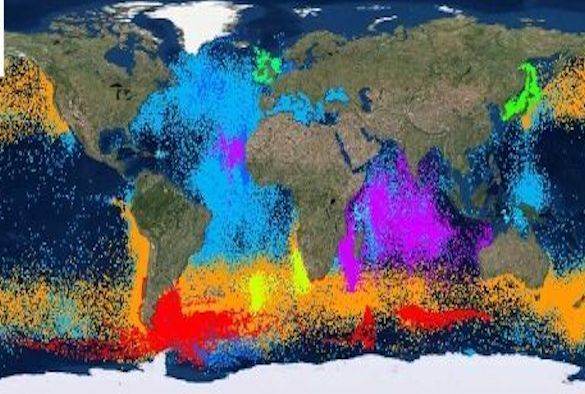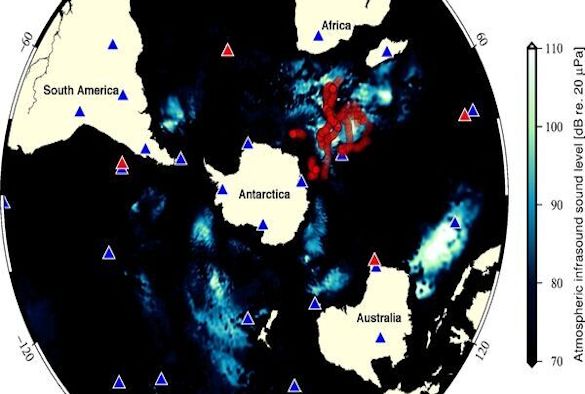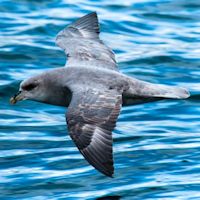
Researchers at the University of Liverpool have been awarded a £1million grant to undertake a research project to find out how seabirds capture infrasound.
Infrasound is sound below 20 Hz, lower than humans can perceive. It is known that elephants and whales use infrasound for communication, and that songbirds may use it to avoid storms and there is some evidence that pigeons use it for navigation.
Now, scientists from the University’s School of Environmental Sciences want to find out whether the low frequency sound waves which create “hills” and “valleys” – or an infrasoundscape – help seabirds navigate as they travel millions of kilometres over their lifetime across a seemingly featureless ocean.
Researchers will compare the routes birds use based on the movement tracks of seabirds, based on millions of GPS positions, against atmospheric and oceanic infrasound, and meteorological and oceanographic maps. Infrasound stations that are part of the International Monitoring System, a global network installed by the Comprehensive Nuclear-Test-Ban Treaty Organisation will be used in the research. CTBTO monitors infrasound in order to detect nuclear explosions.
Liverpool Ecologist, Dr Samantha Patrick, from the University’s School of Environmental Sciences, said: “This is an innovative project that aims to shed some light on one of nature’s unsolved questions.. Navigation is essential to animals yet we still do not fully understand how species are able to move so widely. For example, Arctic terns travel from the Arctic to the Antarctic but how they find their way year after year is a mystery.”
Working with geophysicists, mathematicians and physiologists, this project will bring together expertise from across scientific fields. The development of novel data logging devices on seabirds which can detect infrasound and meteorological parameters will allow movement, infrasound and weather conditions to be captured allowing researchers to examine individual movement decisions at an intricate level.
Dr Patrick added: “The project aims to not only capture the use of infrasound, but will investigate whether birds can detect these signals using their inner ear and test the importance of such cues in the evolution of navigation.”
The project is funded by the Human Frontier Science Program through the Young Investigators’ Grants scheme.
Image below: The collection of seabird tracking data held in the Ocean wanderers database http://www.seabirdtracking.org/

Image below: A simulated ‘infrasoundscape’ from ocean waves (intensity scale in decibel [dB]), locations of a wandering albatross (red dots) on 25 February 2013 and sites of CTBTO atmospheric infrasound (blue Δ) and hydroacoustics (red Δ) facilities

